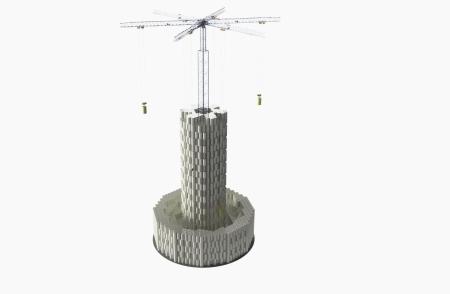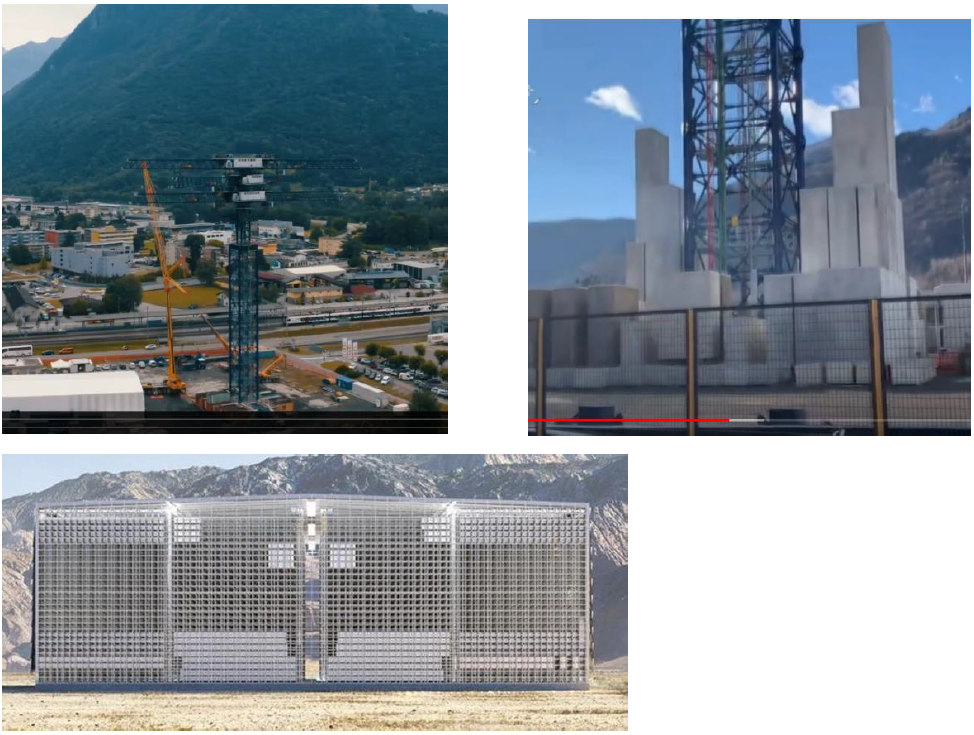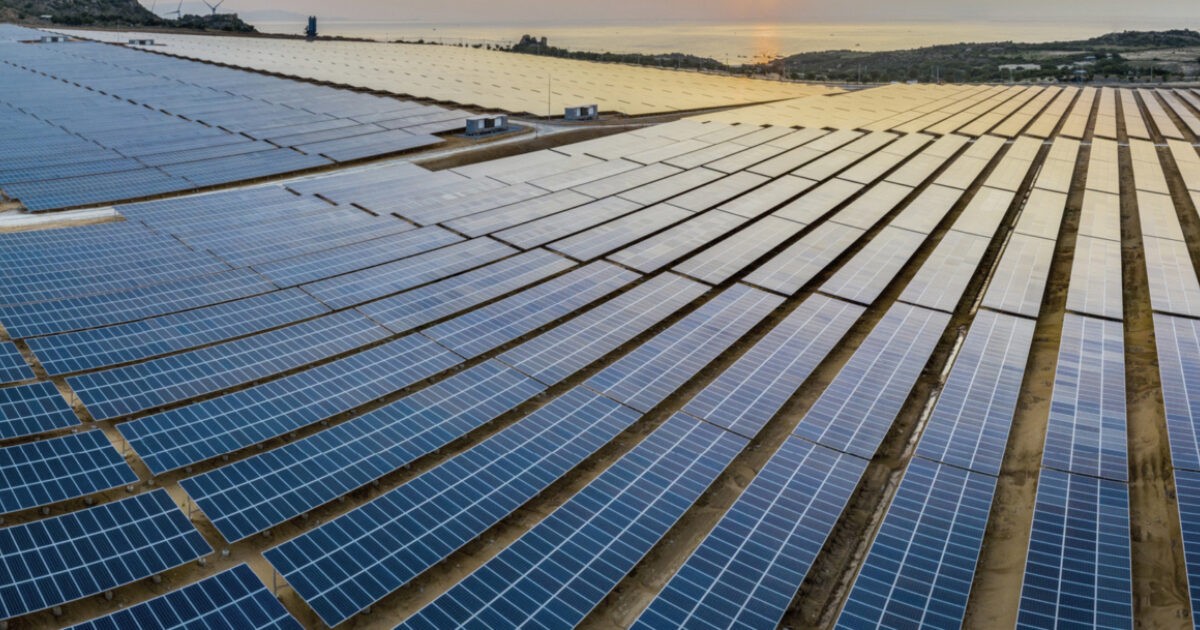- Thread starter
- #451
IF we are talking about the difference between what renewables can give us & what we need in our 24/7 Aus life style (including working), we should be able to identify what we need: After the Climate Wars: Why does Australia need an electricity storage target?why-does-australia-need-an-electricity-storage-target/So build new coal stations?
Wtf
Its getting traction: https://www.industry.gov.au/policies-and-initiatives/renewable-energy-target-scheme







